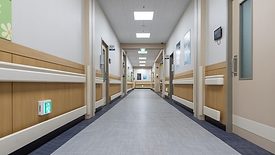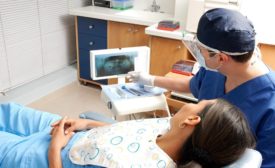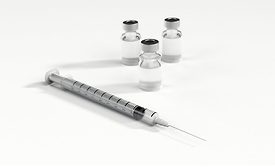Home » healthcare safety
Articles Tagged with ''healthcare safety''
Integrated Solutions
As Congress debates healthcare workplace violence prevention legislation, security leaders can look to technology to help employees stay safe at work.
Read More
Sign-up to receive top management & result-driven techniques in the industry.
Join over 20,000+ industry leaders who receive our premium content.
SIGN UP TODAY!Copyright ©2024. All Rights Reserved BNP Media.
Design, CMS, Hosting & Web Development :: ePublishing












